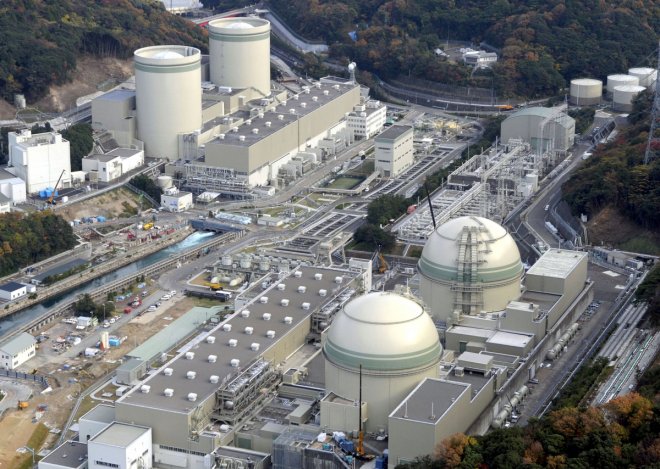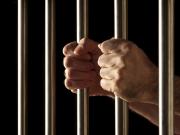
Tsunami waves lashed Japan's north-east coast after a 7.4 magnitude earthquake struck near the Fukushima nuclear power plant around 06:00 am local time on Tuesday.
The Japan Meteorological Agency warned people to stay away from the coastline as high waves were expected. Though the early Tsunami warnings have been downgraded to a tsunami advisory, the meteorological agency is expecting waves up to 3m in height.
The cooling systems at the Fukushima nuclear power plant experienced a brief disruption after the tsunami waves hit. The cooling system at the storage pool where spent nuclear rods are kept had to be shut down briefly, Japanese authorities said. However, they could restart the cooling system a shrt while later at the Fukushima Daini Plant operated by Tokyo Electric Power.
The powerful earthquake in the Fukushima prefecture immediately gave rise to fears about a possible meltdown at the Fukushima nuclear power plant, which was the scene of devastation after the quake and tsunami in 2011.
However, authorities later confirmed that the Fukushima nuclear plant did not suffer any damage in the quake and tsunami.
It was reported that a 140cm wave struck Sendai at 8am local time, following which a 90cm wave, an 80 cm wave and a 70cm wave have hit Soma, Ishinomaki and Onahama port respectively. It was reported that five people suffered minor injuries.
Prime Minister Shinzo Abe said that, though he is out of the country on an official visit, he will be monitoring the situation closely and will make sure that appropriate measures, including rescue operation, are taken properly.
Meanwhile, Chief Cabinet Secretary Yoshihide Suga said the government is on high alert and is equipped to carry out rescue operation if needed. He also said the government will be providing accurate information to residents so that they can prepare themselves to face the worse.
The earthquake was one of the strongest to hit Japan in recent times and its tremors were felt till Tokyo where the building shook for at least half a minute, reported BBC.
Several people have been evacuated and moved to higher grounds. Officials have also urged people to secure their properties and stay away from the coastal area.
In 2011, a massive earthquake followed by a deadly tsunami struck the same area and claimed the lives of 18,000 people. The quake that triggered the tsunami was a magnitude 9.1 undersea megathrust and it also caused level 7 meltdowns at three reactors at the Fukushima Daiichi Nuclear Power Plant complex.









